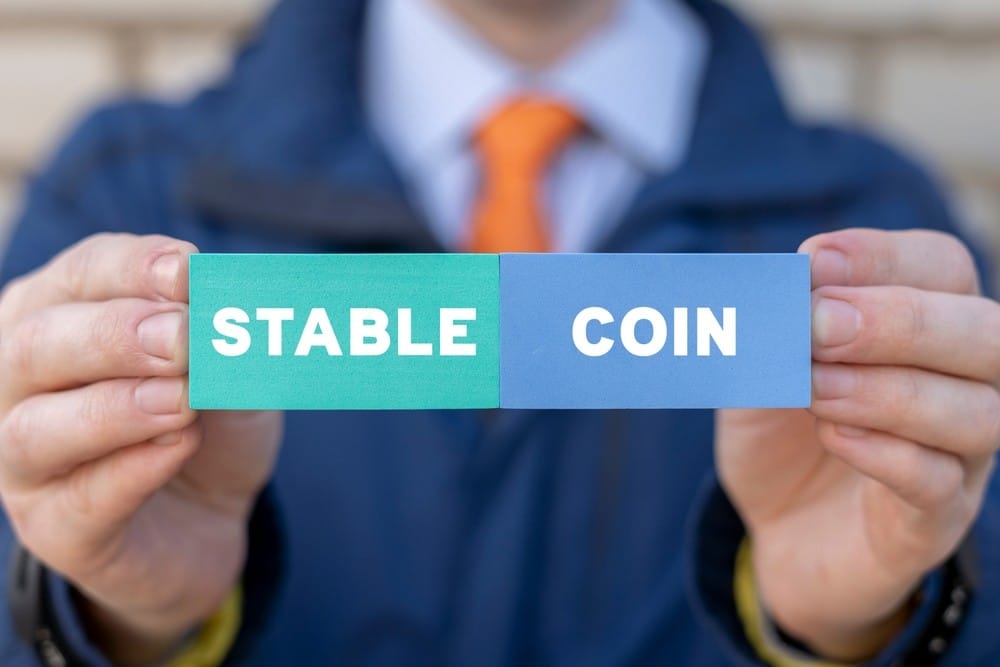
What Are Stablecoins? – A Complete Beginner’s Guide
Cryptocurrencies are considered to be highly volatile, preventing them from being accepted as payment methods by some merchants and vendors. However, stablecoins, which are cryptocurrencies pegged to stable assets like USD, are becoming more acceptable among service providers because they are not vulnerable to price swings.
What is a Stablecoin?
Stablecoin is a type of crypto that is backed by fiat currencies such as pounds, dollars, rubles, and shekels, among others. The idea is that, while the rest of the cryptocurrencies are subject to volatility, a stablecoin’s price must remain steady in line with the fiat currency backing it.
Types of Stablecoins
Centralized Stablecoins
USDT: This is the most famous and used stablecoin. Its issuer Tether Limited claims that the digital asset is backed by real dollars deposited with various banks. Therefore, each USDT is worth one dollar.
Gemini Dollar (GUSD): The stablecoin was created by Gemini crypto exchange owners Winklevoss twins, crypto startup Paxos and Coinbase. Most institutional investors prefer using GUSD because it complies with local regulatory regimes and has been audited by Wall Street companies.
Gold-backed stablecoins
CaCHE gold (CACHE): It is the most popular stablecoin under this category. Every CACHE is backed by 1 gram of pure gold.
Other stablecoins backed by gold include PAX Gold (PAXG) and Tether Gold (XAUt).
Algorithmic Stablecoins
Ampleforth (AMPL): Instead of backing each AMPL with a dollar, its issuer adopts a process called rebase, which automatically adjusts the stablecoin’s circulating supply in response to shifts in demand and supply. For example, if AMPL’s price is 5% above the USD reference price, the circulating supply is increased to bring down the price to $1.
Dai (DAI): This stablecoin differs from its rivals because it can be broadly used while remaining trustless and decentralized. DAI’s value is pegged to the USD and was developed by blockchain company MakerDAO.
How Are Stablecoins Used?
Most stablecoins are mainly used as a medium of exchange and as a store of value. They offer traders immunity when the crypto market is plummeting. Investors can also use stablecoins in the decentralized finance (DeFi) space for various purposes like lending, liquidity provision, and yield farming.
Disadvantages of Stablecoins
Stablecoins are not necessarily stable: In a recent incident, DAI and USDC lost their dollar pegs due to the collapse of Silicon Valley Bank, causing the two stablecoins to trade at $0.87. Moreover, USDT has been priced below $1 severally.
Some regulators do not support Stablecoins: A few months ago, US Federal Reserve Chairman Jerome Powell stated there was a need to subject stablecoins to tougher regulations.
Also, China’s central bank has expressed worries that stablecoins might bring challenges and risks to the payments and settlement system.
Some Stablecoin issuers are not sincere about their Reserves: Tether, for example, has previously insisted that its stablecoin is fully backed by USD, but when the company published a breakdown of USDT’s reserves in May 2021, it was discovered that only 3% of the tokens were backed by cash.
The Future of Stablecoins
Taking into account the high risks associated with cryptocurrencies like Bitcoin, new investors consider stablecoins as a safer way to try out blockchain technology, thus fueling the adoption of this crypto type. The total market cap of all stablecoins was $11 billion in 2020, but that figure has skyrocketed to $134 billion in 2023, according to data from CoinGecko.
Finally, the increasing willingness of banks to allow stablecoins issuers to deposit their reserves can also help boost stablecoin adoption.




